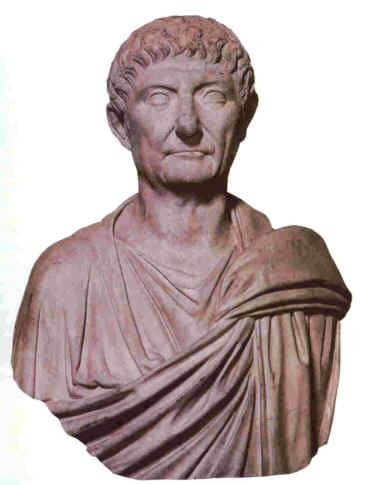U.S. Debt Crisis: America Far too Similar to Ancient Rome?
ANALYSIS

Modern America has long been compared to Ancient Rome, as many aspects of both civilizations have striking similarities.
The ongoing financial crisis in the U.S. as well as the recently-concluded debt ceiling negotiations in Washington also mirrored some of the fiscal challenges faced by Rome almost two millennia ago.
The financial problems in Rome in the early part of the third century AD stemmed from a military that was getting too large and expensive (one of the pitfalls of carving a huge empire that became too unwieldy).
In order to pay the salaries of the army, the emperors of Rome were compelled to mint more coins (somewhat like the way Federal Reserve Chief Ben Bernanke would simply print more money in response to the liquidity crisis in the U.S., 17 centuries in the future).
However, the manufacturing of more coins was frustrated by the difficulty and higher costs of silver mining – as a result, coins, which had less and less silver, flooded the market, leading to huge inflation in Rome. Eventually, these silver coins became almost worthless (although the U.S. dollar of today cannot be called “worthless,” its value has been steadily declining).
Aside from inflation and a devalued currency, Rome was beset by internal social problems and rebellion, while invasions threatened the empire from the east (present-day Syria) and northwest (Modern Britain).
As such, Rome was in a crisis as its citizens began to lose faith in the banks, the currency and the political leadership … circumstances quite familiar to those living in early 21st-century America.
The crisis in Rome did not ease until the emperor Aurelian assumed the throne and reunited the empire. Thereafter, his successor Diocletian enacted reforms that strengthened the empire once more. But this process took many decades.
And Rome was never really the same again.
© Copyright IBTimes 2025. All rights reserved.





















